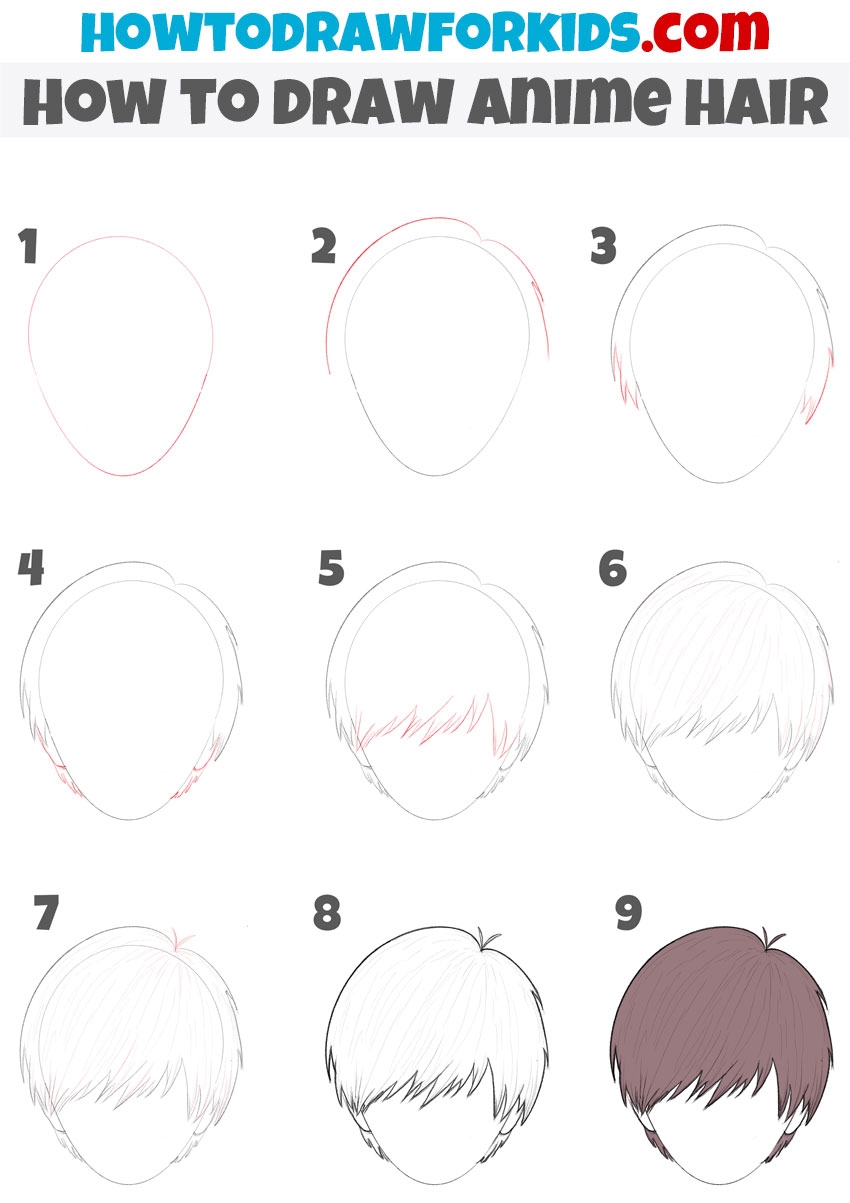When it comes to drawing realistic portraits, one of the most challenging aspects is often drawing the hair. Hair can be complex and detailed, with different textures, lengths, and styles. However, with some practice and attention to detail, you can master the art of drawing hair.
Whether you are drawing straight, curly, long, or short hair, there are some basic techniques that can help you achieve realistic results. From understanding the flow and direction of the hair to capturing the highlights and shadows, drawing hair requires patience and precision.
Drawing the Hair
Start by sketching the basic shape of the hair, taking into account the overall style and length. Pay attention to the flow and direction of the hair strands, and use light strokes to create a natural look. Add details gradually, building up the texture and volume of the hair.
When drawing curly hair, focus on creating tight curls or loose waves, depending on the style. Use shorter, overlapping strokes to mimic the texture of curls, and add shading to define the individual strands. For straight hair, pay attention to the sleekness and shine, using longer, smoother strokes to capture the smooth texture.
Adding highlights and shadows is essential for creating depth and dimension in your hair drawing. Use a variety of pencils to create different tones, from light highlights to dark shadows. Pay attention to the light source in your drawing, and shade the hair accordingly to create a realistic effect.
Experiment with different techniques and styles to find what works best for you. Practice drawing different hair types and styles, from short pixie cuts to long flowing locks. Study reference photos and observe how hair falls and moves naturally, and incorporate those details into your own drawings.
Remember that drawing hair takes time and practice, so be patient with yourself as you hone your skills. Don’t be afraid to make mistakes, as they are an important part of the learning process. With dedication and perseverance, you can master the art of drawing hair and create stunning portraits that capture the beauty and complexity of this essential feature.
In conclusion, drawing hair can be a challenging but rewarding aspect of portrait drawing. By following these tips and techniques, you can improve your skills and create realistic and detailed hair in your drawings. Remember to practice regularly and experiment with different styles to find what works best for you. With time and effort, you can become a master at drawing hair.
